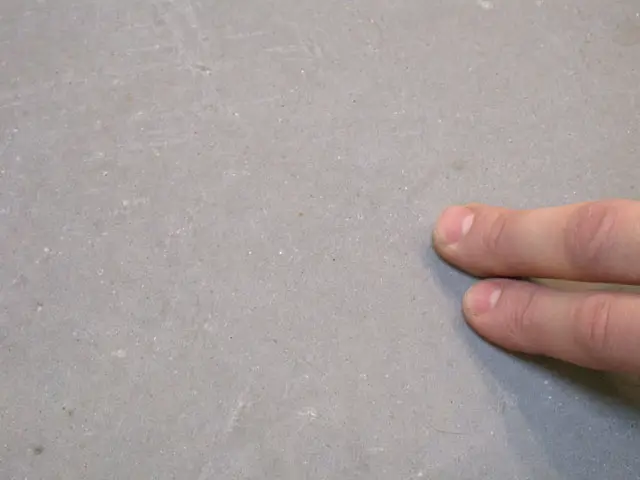
What is Shotcrete and How is it Used?
Concrete is an extremely heavy mixture, a chunky sludge that comes out of a revolving bucket or even out of a wheelbarrow after a lot of hard work – if it comes out at all. That is the common view, but one of the most popular forms of concrete today is a light, semi-smooth and pliable mixture that can be sprayed onto any number of surfaces.
Shotcrete, as it is known, can be used to create surfaces such as walls, floors or even roofs and smoothed or textured for a varied appearance. It provides all the benefits of concrete, with the added advantage of being able to be shaped and applied in hard-to-reach areas. It is becoming very popular as an alternative to standard indoor and outdoor surfaces.
Shotcrete benefits
Since shotcrete is in fact concrete, it has many of the same features that make concrete such a popular construction option. It is extremely durable, strong, and watertight. Shotcrete also prevents cracks that can lead to insect or pest infestations.
However, unlike traditional concrete, shotcrete can be applied in a thin layer over other surfaces, including vertical or other sloped areas. Shotcrete bonds quickly to most materials, including wood, stone or even cast concrete. Since it can be sprayed, it is ideal for complex or hard to reach areas, such as corners or unusual shapes. As long as the area can be reached with the spray from a hose, shotcrete can be applied.
How shotcrete works
Shotcrete uses a special mix of concrete, generally with mostly fine aggregates, that is projected onto a surface using a feeder hose and nozzle, also referred to as the gun. The gun uses compressed air to shoot the shotcrete onto the surface in an even spray and at a high velocity for better bonding. It is very similar to the process used to spray paint on a wall, and the components look similar.
There are two mix methods that can be used. The first is to use a wet mix, where all the components – cement, aggregates, water and any admixtures – are combined thoroughly, and then applied using the specialized equipment. Dry mix is another option. With a dry mix, only the cement, aggregates and admixtures are combined and added to the equipment. The dry mixture is then forced through the hose by the compressed air to the nozzle, where water is added to create the wet concrete that is then sprayed onto the wall. Both techniques result in similar effects.
A variety of admixtures can be added to shotcrete to create the features or appearance that is required for the job. Another popular feature of shotcrete is its ability to be combined with polystyrene insulation to create a durable yet well insulated layer. The insulation is generally installed in the form of sandwich panels – a panel of polystyrene insulation that has a layer of wire mesh on either side. Galvanized wires are used to weld the wire mesh together at angles throughout the panel to create a very strong surface. Panels can be easily cut and manipulated to allow for difficult angles and curves that would not be readily available with traditional concrete. Once the panels have been affixed to the foundation using rebar dowels, shotcrete is applied evenly across the entire surface.
Once shotcrete has been applied, it can be smoothed with a trowel or given any number of appearances. Like traditional concrete, it can be colored prior to or after application, or it can be designed to look like stone, brick or any other material. After curing, shotcrete should be sealed to maintain its integrity.
